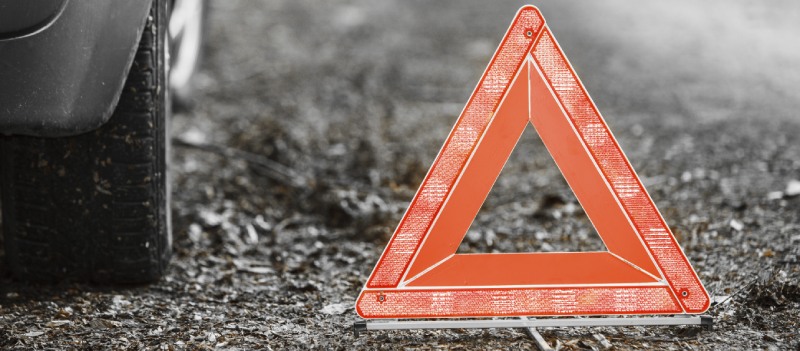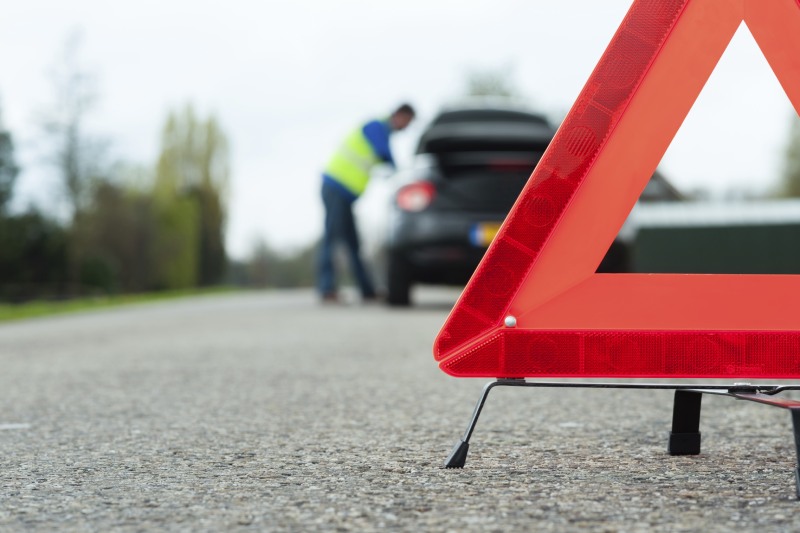The Side of the Road
The side of the road – the area next to the road, on one side of which is the road and on the other there is no sidewalk. The width of the side of the road is up to three meters, or up to the end of the drain.
Some of the reasons the side of the road is intended for:
- The side of the road is not intended for vehicles to drive on, except for a vehicle that is not motorized, a tractor and a slow vehicle, which delay movement from behind.
- On a narrow road where there is no possibility to cross two vehicles coming from opposite directions, both vehicles must deviate to the right as far as possible and even descend to the side of the road even when not paved with asphalt.
- A vehicle that performs public work and an IDF vehicle may stop or stand on the outskirts of a non-urban road and is marked as a main road.
- In a fast way, the side of the road serves as an escape place in case of danger.
A stop at the side of the road is very dangerous and is intended solely for a malfunction in a vehicle that does not allow for continued travel.
Any other reason, such as rest and refreshment and even change of tire, is dangerous and is advisable to be done in a parking area, gas station or as far away as possible from the road itself.
Proper Stop at the Side of the Road
If we must stop at the side of the road, we must take all precautions to ensure that our passengers and passing vehicles are safe.
- Turn on hazard signal.
- Deviate to the side of the road while leaving the accelerator and pressing the brake pedal gently until a complete stop as far as possible from the road (if the vehicle has a manual gearbox, slow down the vehicle by lowering the gears).
- Before leaving the vehicle, wear a luminous vest, look at mirrors and turn your head to be sure that it is safe to get out of the vehicle. The exit is from the far side of the traffic
beyond the safety rail (if any). The other passengers do not need a luminous vest but do need to get out of the vehicle and stand in a safe area until rescue arrives. - The person in the luminous vest, takes the warning triangle and places it behind the vehicle, at least 100 meters away so that other drivers can see.

When returning to the road, the driver must perform a thorough examination of the traffic situation, provide suitable signal and moderately increase while accelerating.
Use of Discretion
As with anything, we must exercise discretion, and if we have doubts, then as in the army, “if there is doubt, there is no doubt.” It is better to use all the precautions we have and even to call someone qualified to receive guidance instead of what to do.
For example, we discovered during the trip that we had a flat tire. We act in the way we explained in the previous page, and in addition we look and see whether it will be safe to stop at the end of the road. If the side of the road is too narrow, it is better to slowly turn on the lights and drive to the right being careful of the flat tire and reach a safe place that will not endanger anyone, even if we destroy the tire.
Another important example: when we see a vehicle stuck at the side of the road, we are usually interested in helping, but as we have seen, we are obliged to exercise discretion and check whether we can stop without endangering anyone or stick out onto the road.
If there is a possibility to assist without unnecessary risk, we exercise the same caution as we have learned, and stop before the failed vehicle.
If the traffic is very busy, the side of the road is narrow, the weather is difficult and visibility is poor, or you are not sure you can help, the recommendation is not to stop because every stop
at the side of the road is dangerous and very dangerous to us and those around us.
- A dangerous stop at the side of the road – the vehicle is sticking out
on the road, with no hazard lights and no warning triangle on the back. - An example of a very dangerous and dangerous situation is that it is
better not to stop and continue driving with a flat tire to a safe area. - A proper stop at the side of the road – stop the vehicle as far as possible from the road, the driver is wearing a luminous vest, placing the warning triangle at appropriate distance and in a conspicuous place visible to passing drivers.
A Pleasant and Safe Winter
We will be happy to assist you in any professional matter and to expand upon your request.
Wishing you a pleasant trip and safe arrival!
Traffic safety officers
LUPU – Car Fleet Management




